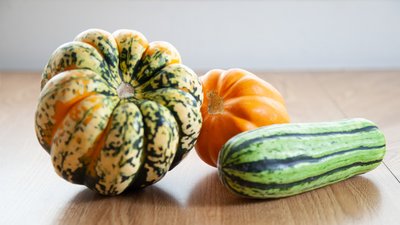If you're serious about what you put into your body and the effect it has on your physique, you probably have an eagle eye on your macros—protein, carbs, and fat. But what about your micros? Not only are micronutrients—vitamins and minerals—essential for health, immune function, and overall quality of life, but they also play a major role in helping you optimize energy levels and exercise performance.
Micronutrient-rich foods include fruits and veggies, and thankfully the arrival of autumn brings plenty of them. If you want to boost your micro intake—and your exercise performance—start by incorporating these fresh fall produce all-stars in your diet!
1. Beets
These crimson-colored vegetables pack a powerful punch in the performance nutrition department. Beets are rich in vitamin C, folate, fiber, and potassium, which is a key electrolyte crucial to muscle contraction and nerve signaling.
Due of its ability to enhance oxygen and nutrient delivery to working muscles, this vegetable beats most others in terms of enhancing exercise performance. That's because beets are rich in dietary nitrates, which have been suggested to have a positive impact on oxygen demand during exercise.
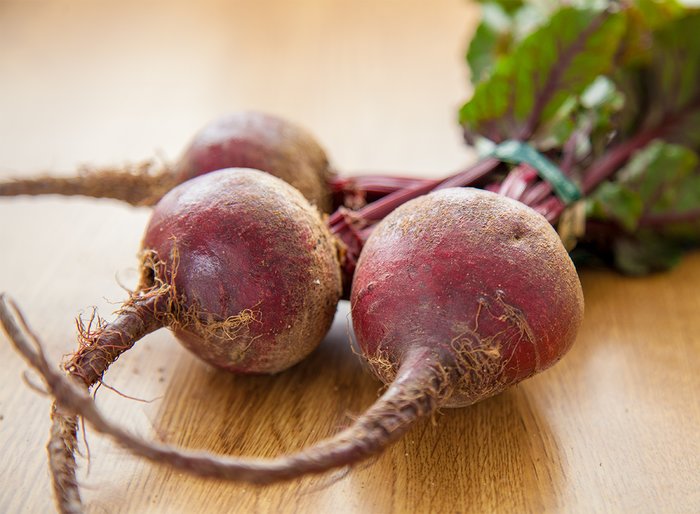
A study published in the Journal of Applied Physiology suggested that roughly 16 ounces of beetroot juice per day significantly decreased oxygen demand during moderate-intensity activity.[1] Researchers found that subjects who consumed the beetroot juice had an overall reduction of oxygen cost and up to a 16 percent increase in time to exhaustion.
Of course, chugging back 16 ounces of beet juice isn't for everyone. Fortunately, a study published in the Journal of Applied Physiology sought to determine a minimum effective dose.[2] Researchers provided subjects with either 2, 4, or 8 ounces of beetroot juice before moderate- and high-intensity exercise sessions performed on six separate occasions. Researchers determined 8 ounces to be the minimum dose, or threshold, to elicit exercise benefits. I think you can handle an 8-ounce serving!
Eat This: Looking for something a little more flavorful than straight beet juice? Try roasting beets by dicing them into small cubes, then drizzling with olive oil, salt, and dried thyme. Pop them in the oven at 425 degrees F for 10-20 minutes.
2. Winter Squash
Don't let the name fool you: Winter squash is actually considered in season during early fall. It's a great source of vitamin A, vitamin C, magnesium, potassium, and dietary fiber. But perhaps the most interesting facet of winter squash in terms of nutritional benefit is its pectin content.
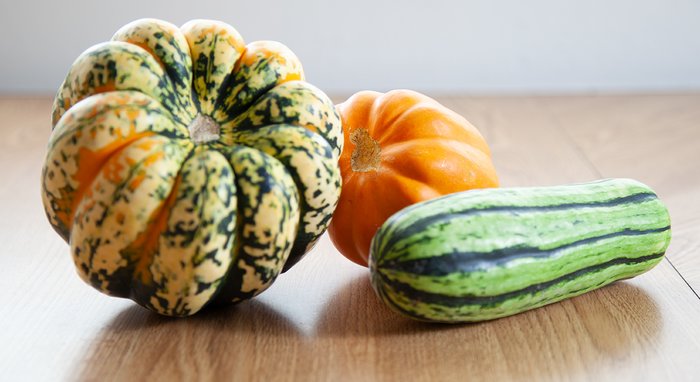
Pectin is a soluble fiber and plays a positive role in regulating blood glucose levels already in healthy range, which may ultimately help you sustain long-lasting energy. Squash any chance of midworkout fatigue by including this fall delight at your pre-workout nutrition meal!
Eat This: Similar to pumpkin seeds, try roasting squash seeds—just make sure they're large and plump so they don't burn to a crisp when cooking. After harvesting the seeds and removing the squash insides, rinse and dry them, drizzle the seeds with olive oil, and coat them with salt. Spread the seeds across a baking sheet lined with foil, and bake them at 280 degrees F for 15-18 minutes.
3. Pumpkin
Although no single nutrient in pumpkin is a magical performance-boosting bullet, this glorious gourd does contain a synergistic combination of good-for-you gains. You'd be foolish to skimp on such a good source of fiber, B vitamins, vitamin A, and the antioxidant selenium!
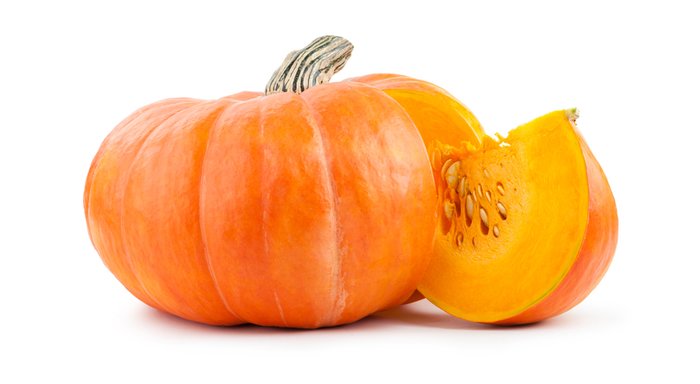
Eat This: Once you set your pumpkin seeds aside for roasting, you can put the delicious flesh to use. Rather than making pumpkin into the ubiquitous fall pie, put a fresh spin on things with this delicious pumpkin hummus dish.
Pumpkin Hummus
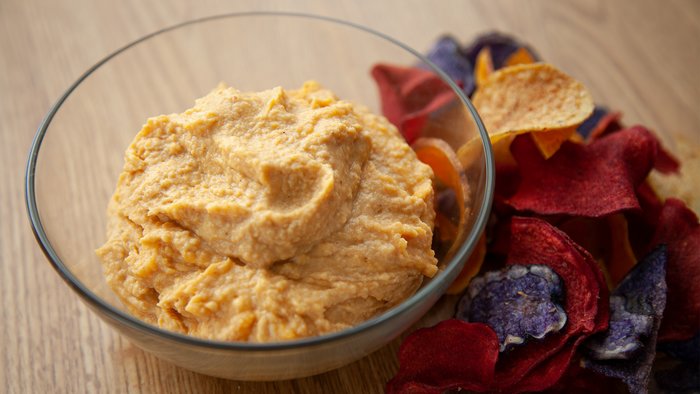
References
- Bailey, S. J., Winyard, P., Vanhatalo, A., Blackwell, J. R., DiMenna, F. J., Wilkerson, D. P., ... & Jones, A. M. (2009). Dietary nitrate supplementation reduces the O2 cost of low-intensity exercise and enhances tolerance to high-intensity exercise in humans. Journal of Applied Physiology, 107(4), 1144-1155.
- Wylie, L.J., Kelly, J., Bailey, S.J., Blackwell, J.R., Skiba, P.F., Winyard, P.G., Jeukendrup, A.E., Vanhatalo, A., Jones, A.M. (2013). Beetroot juice and exercise: pharmacodynamic and dose response relationships. Journal of Applied Physiology. 115(3), 325336

